This Clean Living Activist Shares About Bipoc And The Green Beauty Movement (Plus 5 Ways To Be A Voice For Change)
They say that beauty is pain.
As a young girl, I believed that the prettiest hair was the straightest hair. That the girls with smooth, soft, straight hair were the ones who had achieved a level of beauty nirvana, and I wanted to be a part of it.
I grew up idolizing models on the covers of magazines, but for some reason, it never occurred to me that in no way did I resemble them. I wasn’t seeing women like Sasha and Malia Obama or Zendaya demonstrating that my skin and hair were stunningly and uniquely beautiful. I was never told that there was more than one type of beauty.
Nevertheless, I wanted to do whatever it took to achieve what I now know is the Western European standard of beauty (read: not me).
So I asked my mom to get my hair straightened (also known as chemical relaxer) to make my hair more manageable and “pretty”, and when I was eight years old, she agreed. The next several decades were spent in a salon three to five times a year pouring chemicals on my young head.
Though these treatments were sometimes called perms, they weren’t the kind that turn straight hair into tight curls. This perm/relaxer is a cream-based solution containing a cocktail of harsh chemicals, including lye or sodium hydroxide. This product is applied to the scalp and sits for sometimes as long as 20 minutes while it loosens the natural curl pattern of the hair by penetrating the cuticle and cortex layer of the hair shaft.
Let me tell you what it feels like.
Imagine someone pouring a bottle of kerosene on your head and lighting a match. If you think I am exaggerating, Google “relaxer scene in Malcolm X.” You will physically feel it in your bones.
Then there’s the added bonus of waking up to a pillow with blood spots from the occasional chemical burns on your scalp that resulted when the relaxer was left on your hair too long.
While I started this routine at age eight and was told to endure the pain to have “good hair”, many of my friends started as young as three years old. Three!
Let me be perfectly clear: beauty is not pain. It’s just beauty, and it comes in many forms and changes over the course of a lifetime.
My story is not uncommon. Which means that Black girls and women — as well as other people of color in the Latinx, Indigenous, and Asian communities — have literally been soaking their bodies in toxins on a regular basis for most of their lives.
As a result, BIPOC women tend to carry a heavier toxic load than their Western European sisters. Is it any wonder?
To fully understand this, let’s dig a little deeper into what makes chemical relaxers so toxic to our bodies.
One of the main active ingredients in relaxers is formaldehyde, which is a well-known carcinogenic (and, yes, what they use to preserve the carcasses you dissect in anatomy class… let that sink in for a minute). Risks associated with this substance are:
- Allergic reactions
- Hormone disruption
- Immune system toxicity
- Organ toxicity
While this chemical is also in the environment, added to food, and produced as a result of smoking, the National Cancer Institute (NCI) reports that, “based on data from studies in people and from lab research, exposure to formaldehyde may cause leukemia, particularly myeloid leukemia, in humans.”
Further, the Silver Springs Institute found that as many as 80% of hair care products aimed at black women are linked to cancer, infertility, and obesity (Thompson, 2018). We know that common preservative substances like parabens and phthalates are included in these products to increase shelf life, but they are also estrogen disruptors that are linked to breast and ovarian cancers, as well as early menopause.
Now, as a biracial woman, I will never tell another woman that she should not relax her hair. I understand that is a personal choice.
And, because I lived so long fully unaware of the dangers I exposed myself to in the name of beauty, I simply want them to make that choice armed with all the information. I want them to choose it because they like how it looks, and not because they’re chasing beauty standards that weren’t created with them in mind.
I sincerely believe that when we know better, we can do better, and that any progress is good progress. And that change starts with us.
These are a few simple, yet powerful ways to further educate yourself about the BIPOC community’s toxic load and be a voice for change:
- Vote with your dollars. Commit to supporting companies that are not only being 100% transparent about their ingredients, but are also talking about issues of health disparities and environmental impact.
- Email and call companies to ask why they feel the need to hide ingredients under the misnomer, “fragrance”. Let them know that you are not okay with this
- Use the power of social media to call attention to issues like a lack of diversity.
- Contact your local representative and tell them that you support bills like the Personal Care Products Safety Act. Did you know that there hasn’t been a major piece of national legislation passed in this industry in more than 82 years? Your voice matters. Remember that Congress works for you.
- Commit to your continuing education by following members of the BIPOC wellness community.
A healthy society is one in which all members are healthy and thriving. I am passionate about demanding better products for our health and insisting on seeing beauty standards that are inclusive and honoring of all people. Because that is truly beautiful.
To learn more about BIPOC and the clean beauty movement plus holistic wellness tips, follow Kiesha on Instagram and her website! XO



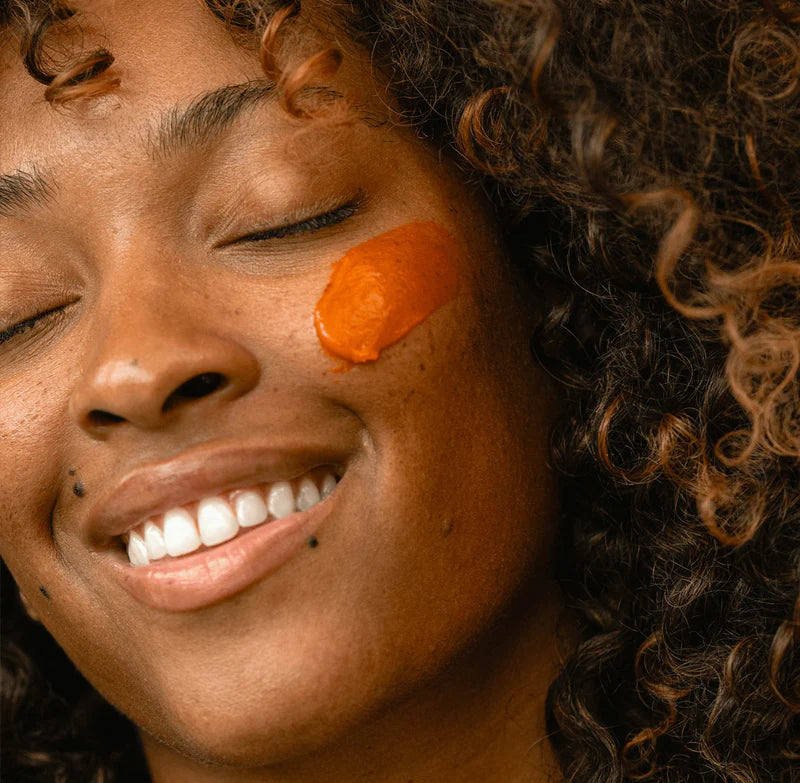
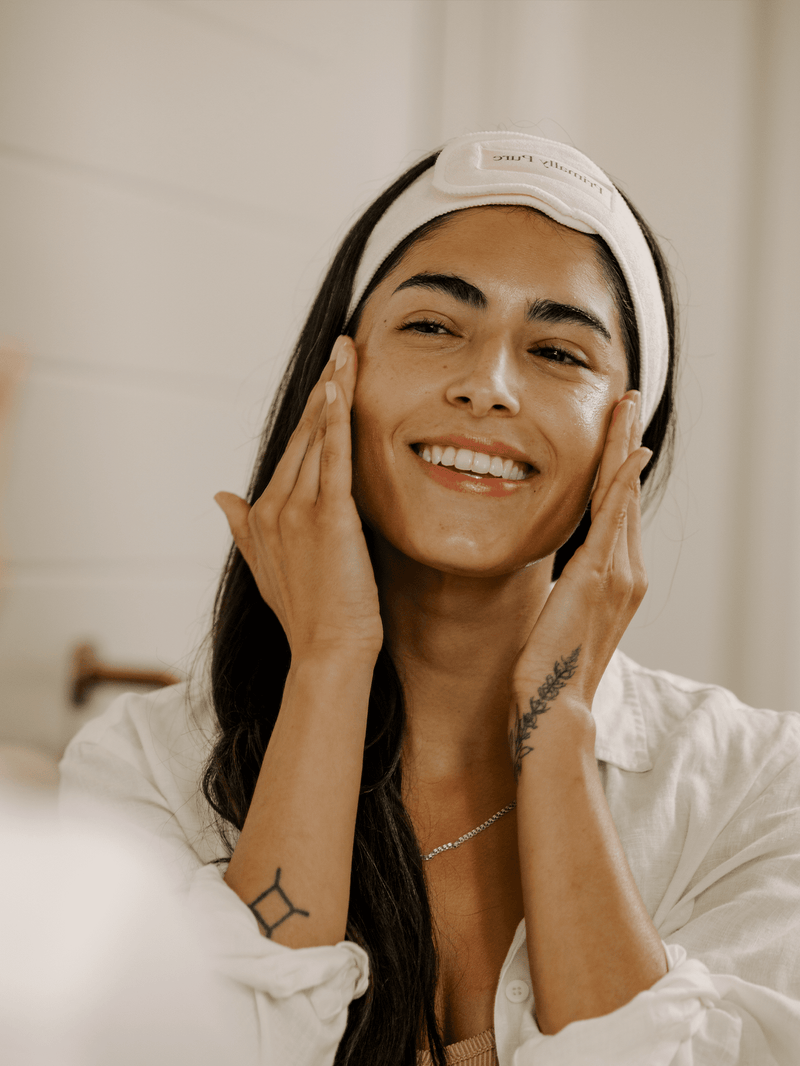
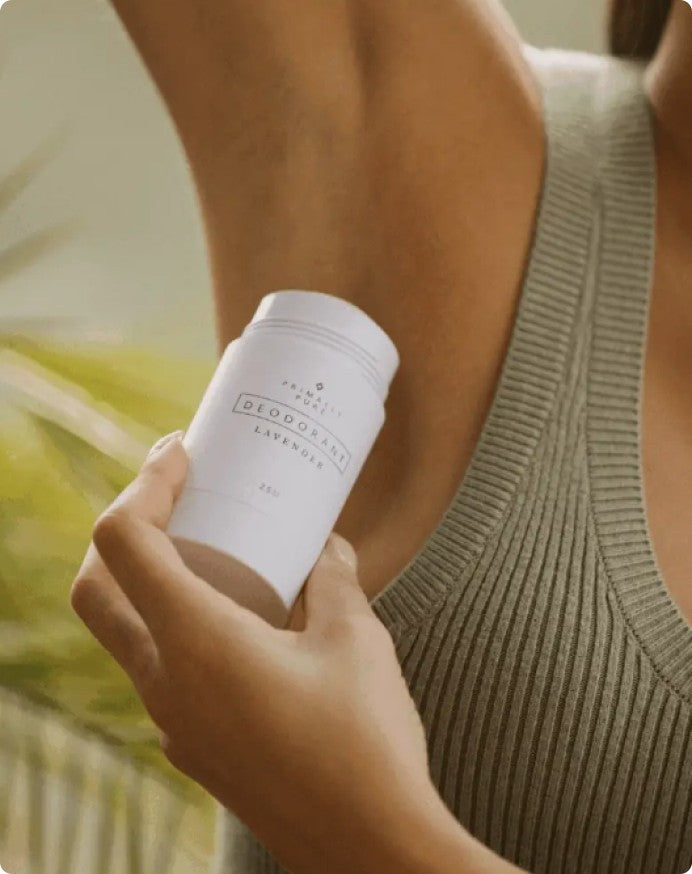
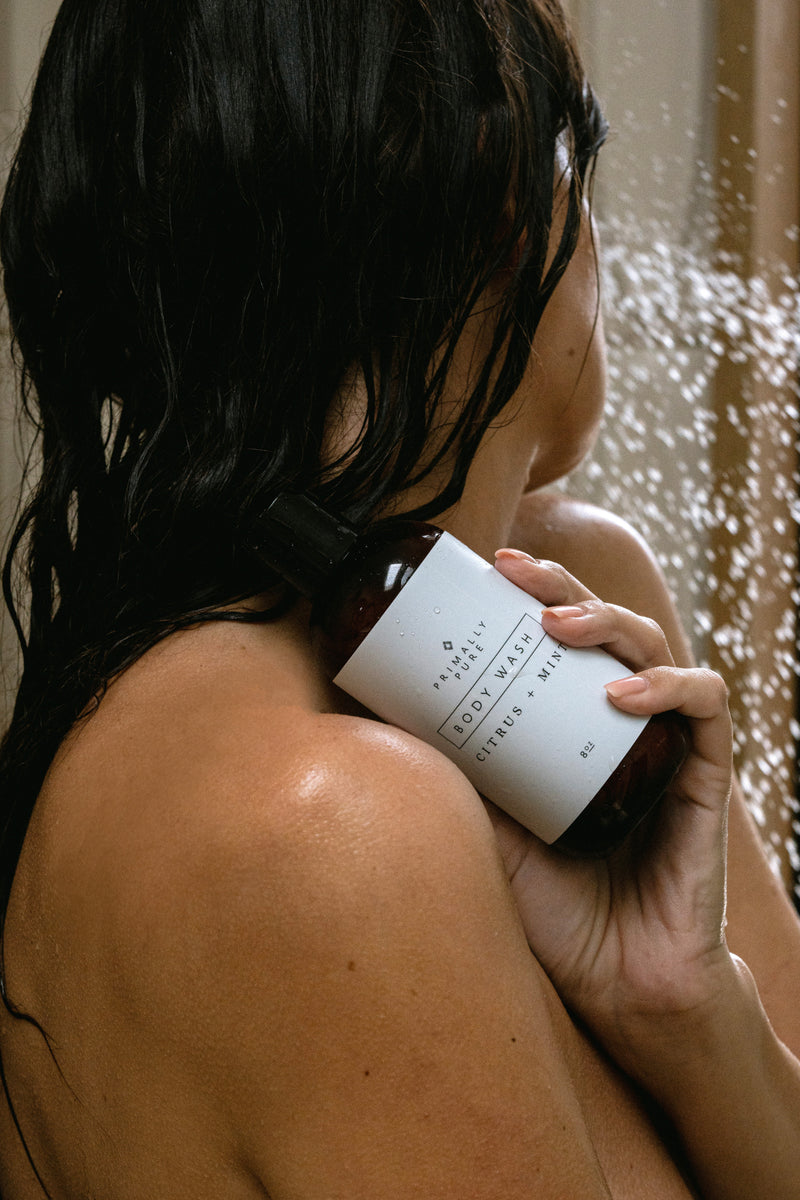
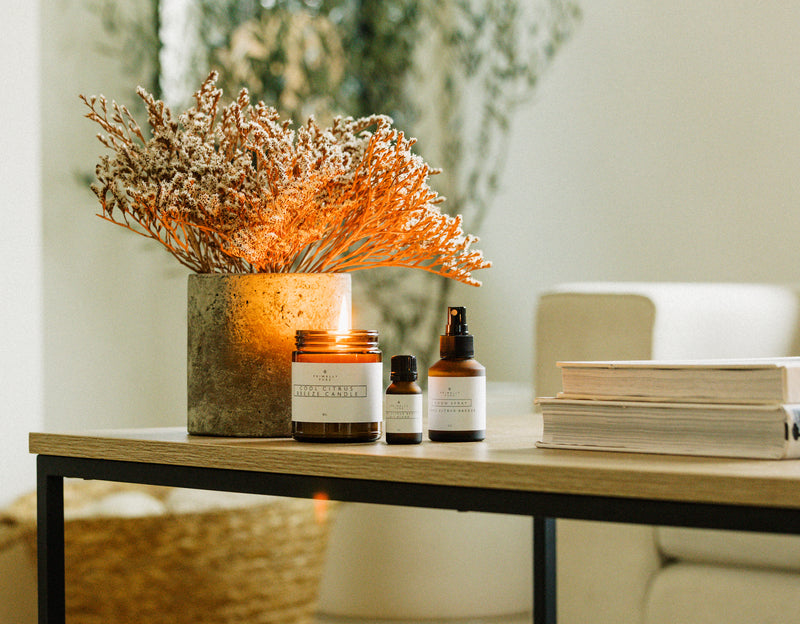
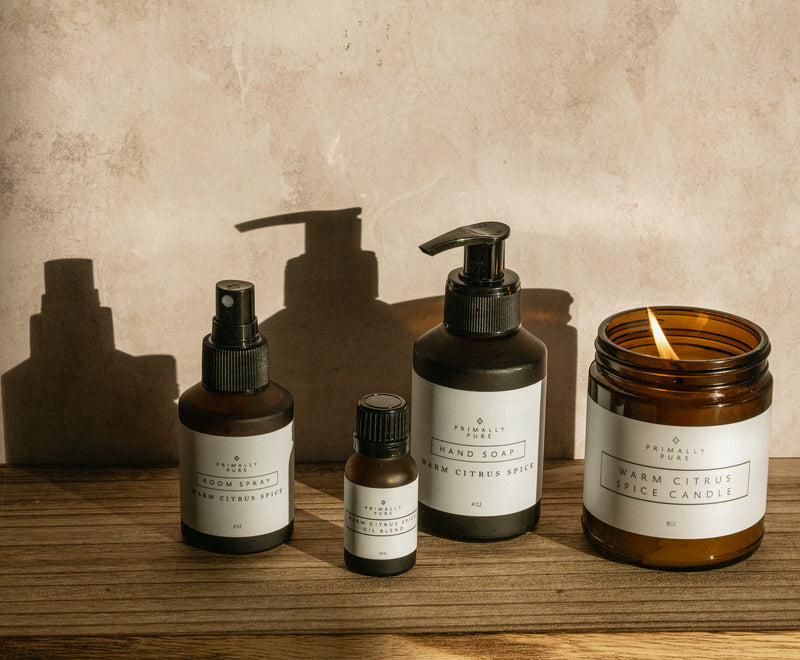
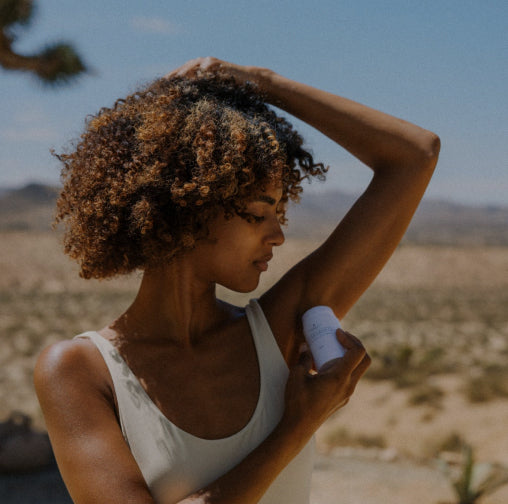
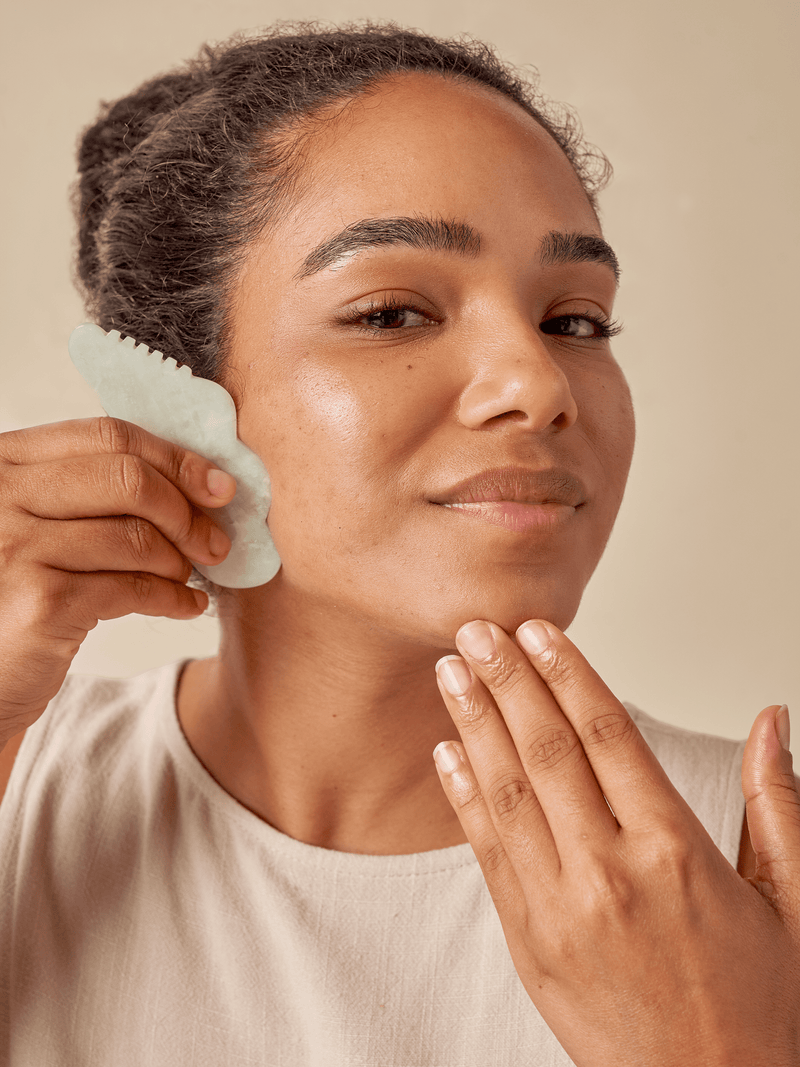
Leave a Comment